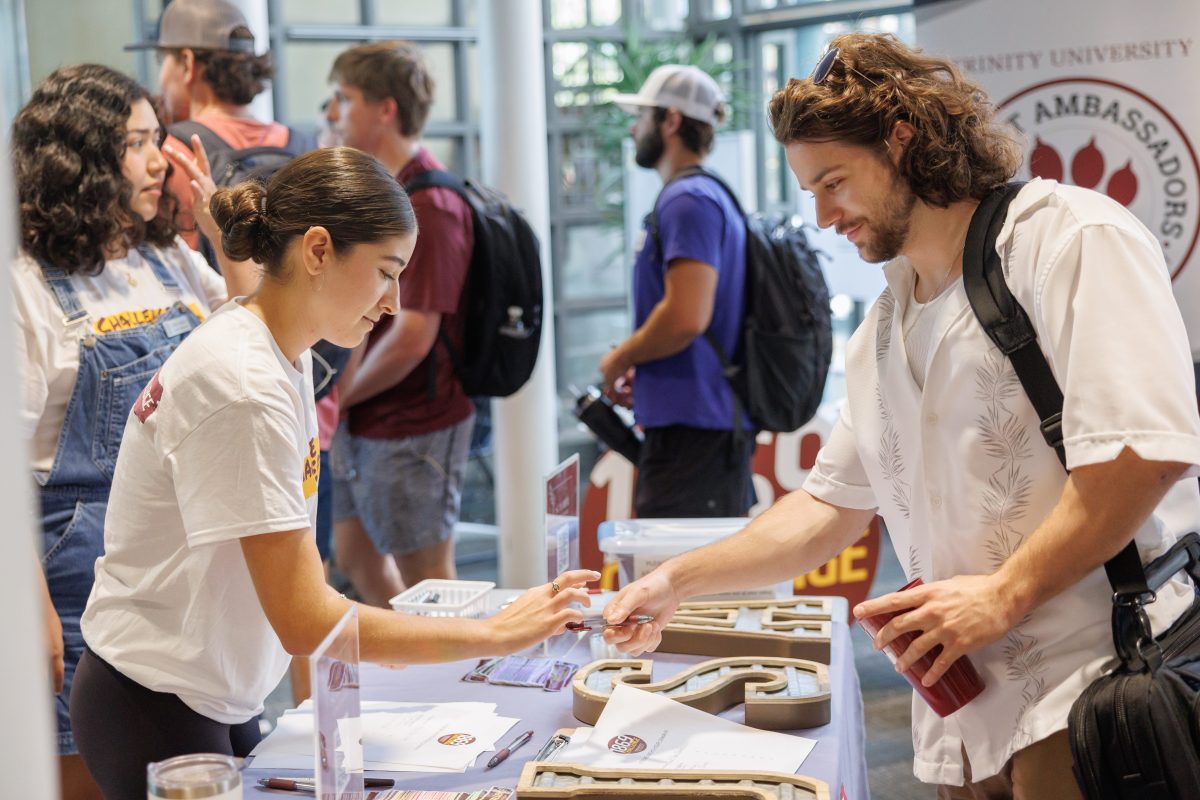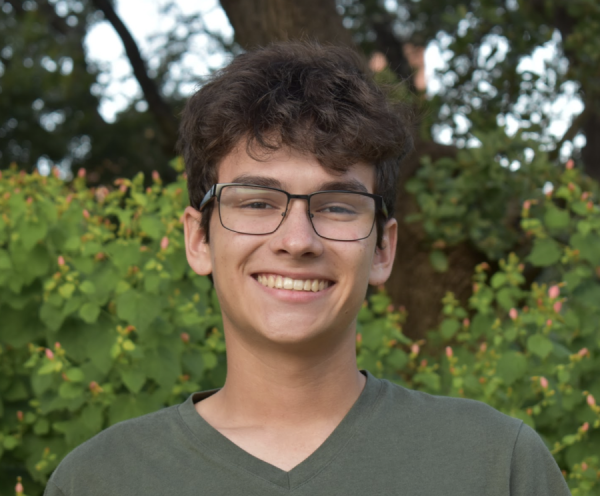In the 1,869 minutes of this year’s 1869 challenge, donors — parents, alumni, students and community members — gifted a total of $1,208,066 to different areas of the Trinity community. 3,593 donations were made this year, surpassing the 3,000 donor goal set by the department of alumni relations. The number of student donations this year surpassed all 1869 challenges on record.
From Sept. 27 at 1:00 p.m. to Sept. 28 at 8:09 p.m., Trinity completed its eighth year of the 1869 Challenge, where donations are given to scholarships, student organizations, academic departments and sports teams. The department of alumni relations and development started the program after seeing the success of 24-hour giving days at other organizations and universities, though they added a spin of having a 1,869-minute challenge (a little bit over 32 hours) — a not-so-subtle marketing nod to Trinity’s founding year. After the incredible success of the first challenge, the program has continued and developed into what it is today.
The donations received by the university are largely attributed to the advertisement and work done by students. Phonathon — run throughout the academic semesters — is a program where students call alumni and ask for a single or incremental donation, as well as build relationships with former students that align with the career interests of student callers.
Jose Ayala, junior computer science major, is a student supervisor for Phonathon. He assists and supports student callers and outreaching to alumni. The 1869 Challenge amplified the scope of calling for Phonathon and slightly modified the typical script used to talk to potential donors.
“This week changes it up because we’re doing what we usually do but, like, double that,” Ayala said.
Shifts are increased for students to account for the increasing outreach to potential and past donors during the 1869 Challenge.
Along with increased outreach to alumni who would be contacted by Phonathon, callers were reaching out to those who had unpurchased items in their carts. Modeled after online retailers like Amazon, the purpose of these calls was to ensure that those who intended to donate but lost track, or those who were experiencing difficulty in navigating the donating process were able to gift that money to the university. Ayala said there was a significant increase in the number of donations received through Phonathon compared to their typical calling season.
Social media and email outreach, in combination with Phonathon, were crucial to the scope of the challenge. Kathy McNeill, senior director of annual giving programs, explained the necessity of outreach to the Trinity community in the varying forms.
“We get the whole community,” McNeill said.
The university reaches out to parents, alumni, students, faculty, staff and friends of the university. The department of alumni relations sent an email to let them know about the challenge, along with consistent messaging through social media. Most donors were using online portals to give to the university. McNeil stated increased involvement with students through tabling as being successful and contributive to increasing donor numbers.
“All of our donor numbers this year were higher than last year,” McNeill said.
Daniel Andon, the future and young alumni coordinator in the alumni relations development department, connects recent Trinity graduates with current students. During the 1869 Challenge, Andon tabled at varying locations on campus and passed out t-shirts, donuts and stickers.
“Whatever we could to try and give back and get as many students involved,” Andon said.
Incentive challenges played a large part in the success of this year’s challenge. Each organization, team or department had the opportunity to compete for additional money on top of the donations that were specified for them. These challenges consisted of competitions to see who could raise the most amount of money or meet other goals. By accomplishing these predetermined goals, varying prizes were won and awarded to their respective group.
The Greek life organization that got the most donors gets to have LeeRoy wear their jersey on bid day. The student organization that raised the most money unlocked an extra $500 dollars to their discretion. These programs incentivized groups to advertise and market the 1869 Challenge on a greater scale, increasing the scope of this year’s fundraising.
The 1869 Challenge gathers money to benefit the campus as a whole. Money that goes to the Trinity general fund goes toward scholarships, projects and general campus upkeep. Money specified for other organizations, scholarships, departments or teams is then directly in the hands of those spaces to do with as they choose, within reason.
“1869 is about giving back to the university, giving back to students, so that way they can continue building the community and helping others in return,” Andon said. The 1869 Challenge has continued its success in 2023 and will continue to fuel the success of the university.








